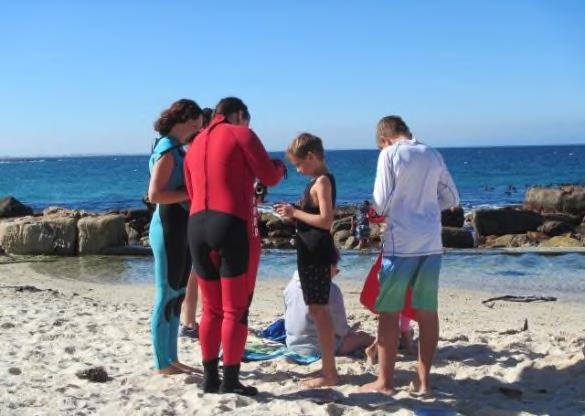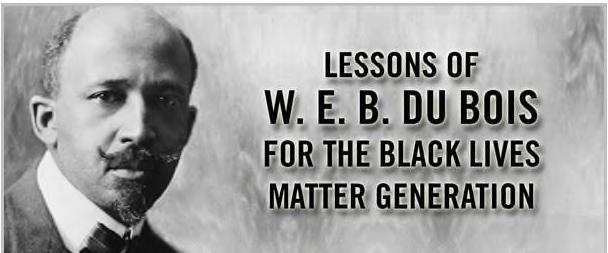
10 minute read
Loch Ness Monster . HISTORY.COM EDITORS
6. Roc
A popular myth among travelers and merchants, the roc was a giant bird of prey rumored to be so strong that it could snatch an elephant from the ground. Stories of the giant fowls originated in Arabic fairytales and mythology before making their way to the West in accounts by travelers like Marco Polo, who noted that the roc’s preferred hunting method was to drop its victims from deadly heights and then “prey upon the carcass.” The Moroccan wanderer Ibn Batutta later wrote that he once confused a roc for a floating mountain because of its size, and other legends stated that its wingspan—typically described as being about 50 feet—was so huge that it could blot out the sun. Researchers have since suggested that the roc legend may be partially inspired by sightings of so-called “elephant birds,” a species of massive, flightless birds that existed in Madagascar until as recently as the 17th century.
Advertisement
There are lots more mythical creatures out there. We explore how to interpret them in storytelling and campfire experiences. Check out my new course on:
Interpreting Legends, Myths and Fables.
Storytelling when folklore is already part of our(your) cultures (from live interpretation with visitors from the past to local legends like Paul Bunion).Eight Units - $150.00 tuition, 2 CEU Unit Credits. http://www.heritageinterp.com/interpreting_legends_myths_and_fables.html
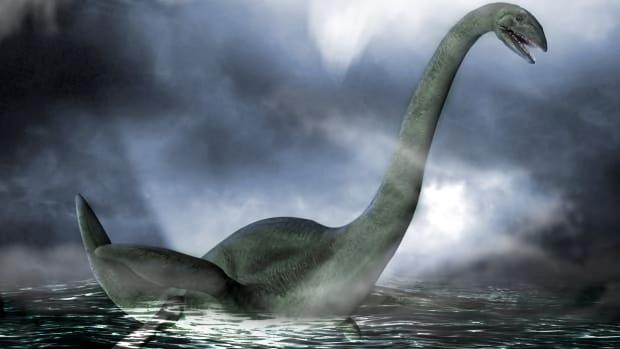
Loch Ness Monster
HISTORY.COM EDITORS
The Loch Ness Monster is a mythical animal that allegedly lives in Loch Ness, a large freshwater lake near Inverness, Scotland. Although accounts of an aquatic beast living in the lake date back 1,500 years, all efforts to find any credible evidence of the animal have failed. That hasn’t dampened the public’s enthusiasm, however, for any news about “Nessie.”
Loch Ness, located in the Scottish Highlands, has the largest volume of fresh water in Great Britain; the body of water reaches a depth of nearly 800 feet and a length of about 23 miles.
Scholars of the Loch Ness Monster find a dozen references to “Nessie” in Scottish history, dating back to around 500 A.D., when local Picts carved a strange aquatic creature into standing stones near Loch Ness.
St. Columba
The earliest written reference to a monster in Loch Ness is a 7th-century biography of Saint Columba, the Irish missionary who introduced Christianity to Scotland. In 565 A.D., according to the biographer, St. Columba was on his way to visit the king of the northern Picts near Inverness when he stopped at Loch Ness to confront a beast that had been killing people in the lake.
Seeing a large beast about to attack another man, St. Columba intervened, invoking the name of God and commanding the creature to “go back with all speed.” The monster retreated and never harmed another man.
Loch Ness Monster Sightings
In 1933, a new road was completed along Loch Ness’ shore, affording drivers a clear view of the loch. On May 2, 1933, the Inverness Courier reported that a local couple claimed to have seen “an enormous animal rolling and plunging on the surface.”
The story of the Loch Ness Monster became a media phenomenon, with London newspapers sending correspondents to Scotland and a circus offering a 20,000 pound reward for capture of the beast.
InterpNews
After the 1933 sighting, interest steadily grew, especially after another couple claimed to have seen the beast on land, crossing the shore road. Several British newspapers sent reporters to Scotland, including London’s Daily Mail, which hired big-game hunter Marmaduke Wetherell to capture the beast.
After a few days searching the loch, Wetherell reported finding footprints of a large four-legged animal. In response, the Daily Mail carried the dramatic headline: “MONSTER OF LOCH NESS IS NOT LEGEND BUT A FACT.”
Nessie
Scores of tourists descended on Loch Ness and sat in boats or decks chairs waiting for an appearance by the beast. Plaster casts of the footprints were sent to the British Natural History Museum, which reported that the tracks were that of a hippopotamus, specifically one hippopotamus foot, probably stuffed. The hoax temporarily deflated Loch Ness Monster mania, but stories of sightings continued.
A famous 1934 photograph seemed to show a dinosaur-like creature with a long neck emerging out of the murky waters, leading some to speculate that “Nessie” was a solitary survivor of the long-extinct plesiosaurs. The aquatic plesiosaurs were thought to have died off with the rest of the dinosaurs 65 million years ago.
Loch Ness was frozen solid during recent ice ages, however, so this creature would have had to have made its way up the River Ness from the sea in the past 10,000 years. And the plesiosaurs, believed to be coldblooded, would not long survive in the frigid waters of Loch Ness.
More likely, others suggested, it was an archeocyte, a primitive whale with a serpentine neck that is thought to have been extinct for 18 million years. Skeptics argued that what people were seeing in Loch Ness were “seiches”—oscillations in the water surface caused by the inflow of cold river water into the slightly warmer loch.
The Search Continues
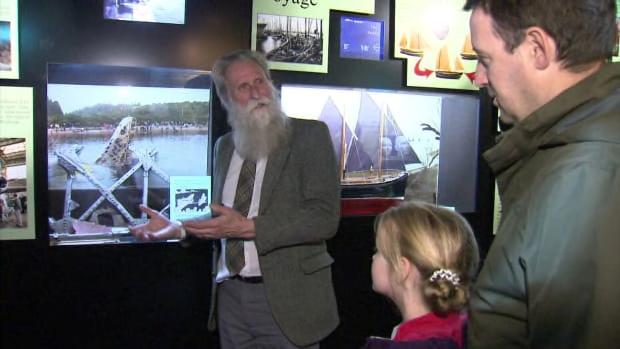
InterpNews
Amateur investigators kept an almost constant vigil, and in the 1960s several British universities launched expeditions to Loch Ness, using sonar to search the deep. Nothing conclusive was found, but in each expedition the sonar operators detected large, moving underwater objects they could not explain.
In 1975, Boston’s Academy of Applied Science combined sonar and underwater photography in an expedition to Loch Ness. A photo resulted that, after enhancement, appeared to show the giant flipper of a plesiosaur-like creature. Further sonar expeditions in the 1980s and 1990s resulted in more tantalizing, if inconclusive, readings.

InterpNews
InterpNEWS Market Place
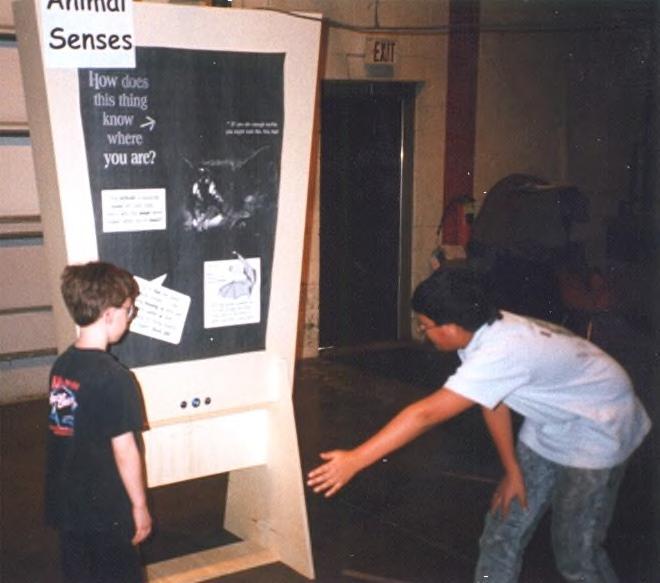
Exhibit planning, pre-testing and evaluation services. John Veverka & Associates
We’ve been working to update our interpretation programs, services and media Market Place as a place for exhibit planners and designers, media developers and other interpretive related agencies and organizations to advertise their services. We are happy to offer non-profit organizations reduced advertising for their memberships or fund-raising as well.
We reach thousands of agencies and organizations in 60 countries!
Our new advertising rates for 2020:
- Full page advertisement - $200.00 - ½ page advertisement - $100.00 ¼ page advertisement - $50.00
For advertising details visit our InterpNEWS Advertising Website: http://www.heritageinterp.com/interpnews_advertising_details.html
For special discounts for multiple ad placements for 2020, send me an e-mail and we can work out a deal for you. jvainterp@aol.com
InterpNews
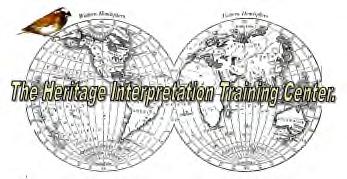
Heritage Interpretation Training Center Some NEW Interpretive courses for 2020-2021
http://www.heritageinterp.com/interpretive_training_center_course_catalogue_.html
Here are a few of my new interpretive courses for heritage interpreters and museum interpretive staff. They’re a few of our 47 interpretive courses you can find in our Heritage Interpretation Training Center course catalog. You can start these courses at any time and complete the courses at your own pace. Paste in the course link to go to that course’s information page for course content, details and tuition payments. As e-live courses, you can also chat with the course instructor via e-mail, phone or SKYPE.
Interpreting Climate Change Issues to your visitors. (Our new climate interpretation course). 13 Units, 4 CEU’s$250.00
http://www.heritageinterp.com/climate_change_interpretation_course.html
Check out my course intro video: https://www.youtube.com/watch?v=KjoerEOckJc
New storytelling course - When there's nothing left but the story… Interpreting the abandoned. 12 Units,
2 CEU credits, Tuition $200.00 http://www.heritageinterp.com/when_theres_nothing_left_but_the_story_-_interp_.html
(Interpreting the abandoned landscape, cabin/home, farm fence line, battlefields, archaeological ruins, heritage sites or artifacts left behind by their owners and in need of a storyteller. (Our new course on helping interpreters develop their interpretive techniques, skills and story- telling planning to help them interpret the abandoned landscape, cabin, farm fence line, battlefields, archaeological ruins, sites or artifacts left behind by their owners, waiting to have their forgotten stories re-awakened, brought to life and revealed by the interpretive storyteller. Are you the storyteller?)
Interpreting Legends, Myths and Fables.
Storytelling when folklore is already part of our(your) cultures (from live interpretation with visitors from the past to local legends like Paul Bunion).Eight Units - $150.00 tuition, 2 CEU Unit Credits. http://www.heritageinterp.com/interpreting_legends_myths_and_fables.html
Any questions please feel free to ask.
John Veverka Director, HITC Certified Interpretive Planner/Trainer www.heritageinterp.com jvainterp@aol.com SKYPE: jvainterp
InterpNews
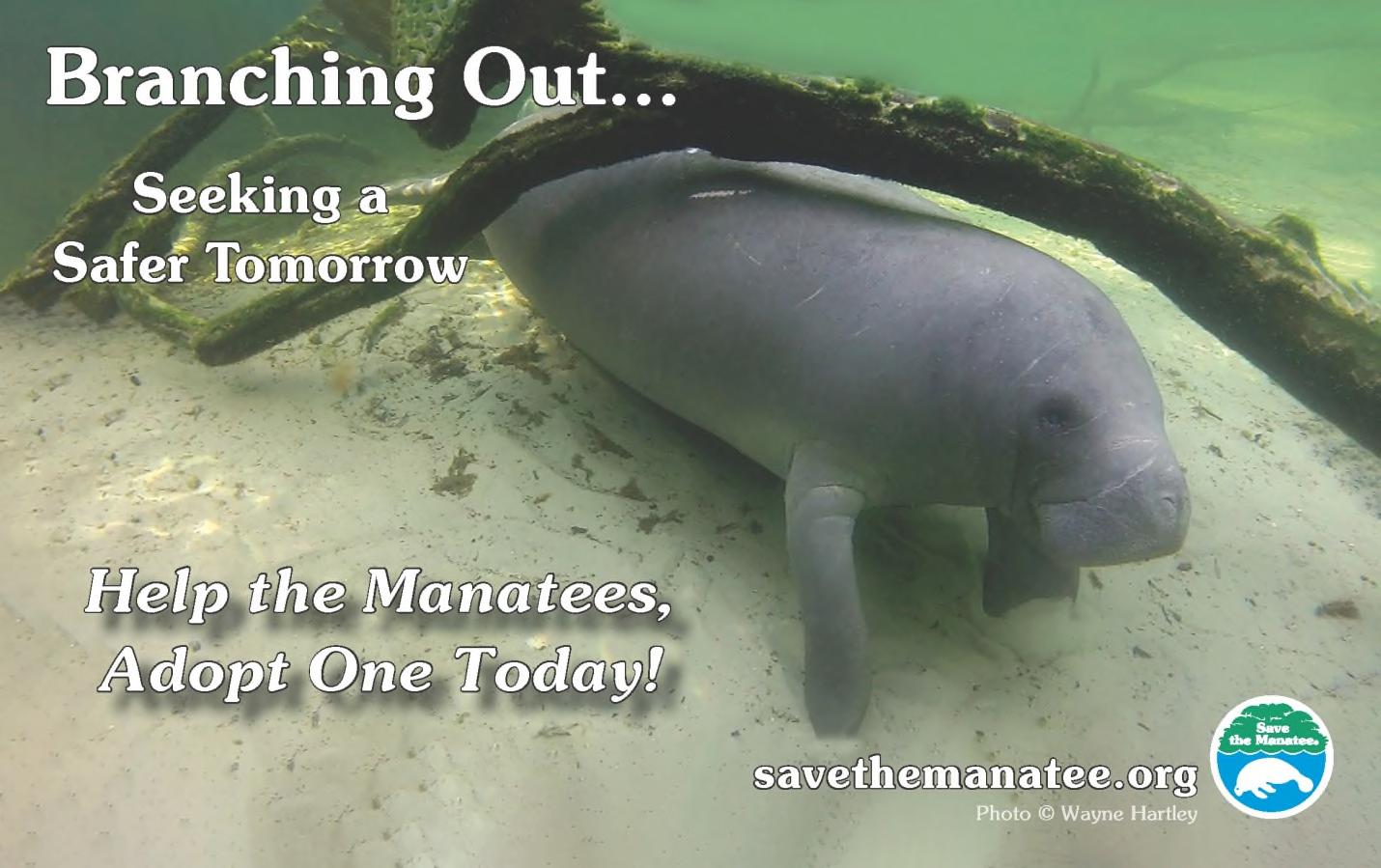








The Heritage Interpretation Training Center offers 44 college level courses in heritage interpretation, from introductory courses for new interpretive staff, docents and volunteers, to advanced courses for seasoned interpretive professionals. Courses can be offered/presented on site at your facility or location, or through our e-LIVE on-line self-paced interpretive courses.
Some of our on-line courses are listed below. You can start the course at any time and complete the course at your own pace:
Introduction to Heritage Interpretation Course. 14 Units - 2 CEU credits. $150.00
http://www.heritageinterp.com/introduction_to_heritage_interpretation_cou rse.html
Planning/Designing Interpretive Panels e-LIVE Course - 10 Units awarding 1.5 CEU Credits $125.00
http://www.heritageinterp.com/interpretive_panels_course.html
Planning Interpretive Trails e-LIVE Course - 13 Units - 2.5 CEU Credits $200.00
http://www.heritageinterp.com/interpretive_trails_course.html

Interpretive Writing e-LIVE Course - 8 Units and 2 CEU Credits $200.00
http://www.heritageinterp.com/interpretive_writing_course.html
Training for Interpretive Trainers e-LIVE Course - 11 Units and 2 CEU Credits. $200.00
http://www.heritageinterp.com/training_for_interp_trainers.html
The Interpretive Exhibit Planners Tool Box e-LIVE course - 11 Units and 2 CEU Credits. $200.00
http://www.heritageinterp.com/interpretive_exhibits_course.html

Interpretive Master Planning - e-LIVE. 13 Units, 3 CEU Credits. $275.00
http://www.heritageinterp.com/interpretive_master_planning_course.html
A supervisors guide to Critiquing and Coaching Your Interpretive Staff, Eleven Units, 1.6 CEU Credits. $175.00
http://www.heritageinterp.com/critiquing_and_coaching_interpretive_staff.h tml
The Heritage Interpretation Training Center/John Veverka & Associates. jvainterp@aol.com – www.twitter.com/jvainterp - Skype: jvainterp
Our course catalog: http://www.heritageinterp.com/interpretive_training_center_course_catalogue_.html
The Heritage Interpretation Training Center Interpretive Bookstore and the Heritage Interpretation Resource Center http://www.heritageinterp.com/interpretation_book_store.html


If you’re looking to expand your interpretive library, check out our interpretive bookstore. Most of these books are available as e-books. These are the same text books that I use for our 44 interpretive training Courses.
All of these books can be ordered/purchased through PayPal at the bookstore web site page. http://www.heritageinterp.com/interpretation_book_store.html
--------------------------------- Interpretive Master Planning Volume 1, Strategies for the new millennium. (Available as an e-book - $30.00),
Interpretive Master Planning Volume 2, Philosophies, theory and practice resource materials. (Available as an e-book - $30.00).
Advanced Interpretive Master Planning -.Developing regional and multi-site interpretive plans, interpretive systems planning and creating “Landscape Museums”. John Veverka's Master Copy is available as a PDF ebook - $30.00.
The Interpretive Trainers Handbook Available as an e-book - $30.00. The fine art of teaching interpretation to others.
The Interpretive Trails Book. The complete interpretive planning book for developing and interpreting selfguiding trails. John Veverka Master copy – e-book publication copy available as a PDF - $30.00
The Interpretive Writers Guidebook - How to Provoke, Relate and Reveal your messages and stories to your visitors. Interpretive copy writing for interpretive panels, museum exhibits, self-guiding media and more. Available as a PDF - $40.00 - this is our new Interpretive Writing text book used for the Heritage Interpretation Training Center's Interpretive Writing Courses.
40 Years a Heritage Interpreter – This is my huge collection of interpretive resource articles and reference materials from 40 years of doing, teaching, and writing about heritage interpretation. $40.00. Sent as an ebook.
You can also visit:
The Heritage Interpretation Resource Center:
http://www.heritageinterp.com/heritage_interpretation_resource_center.html
The Heritage Interpretation Resource Center has a list of FREE articles and handouts.



